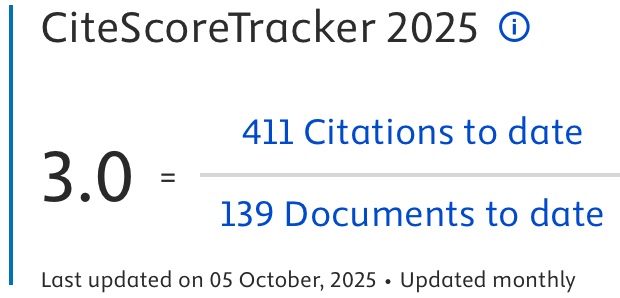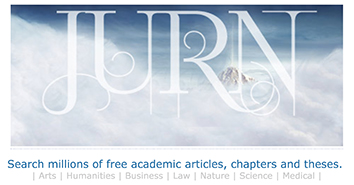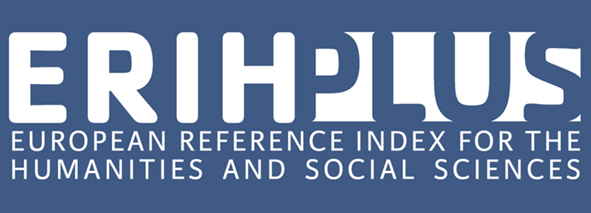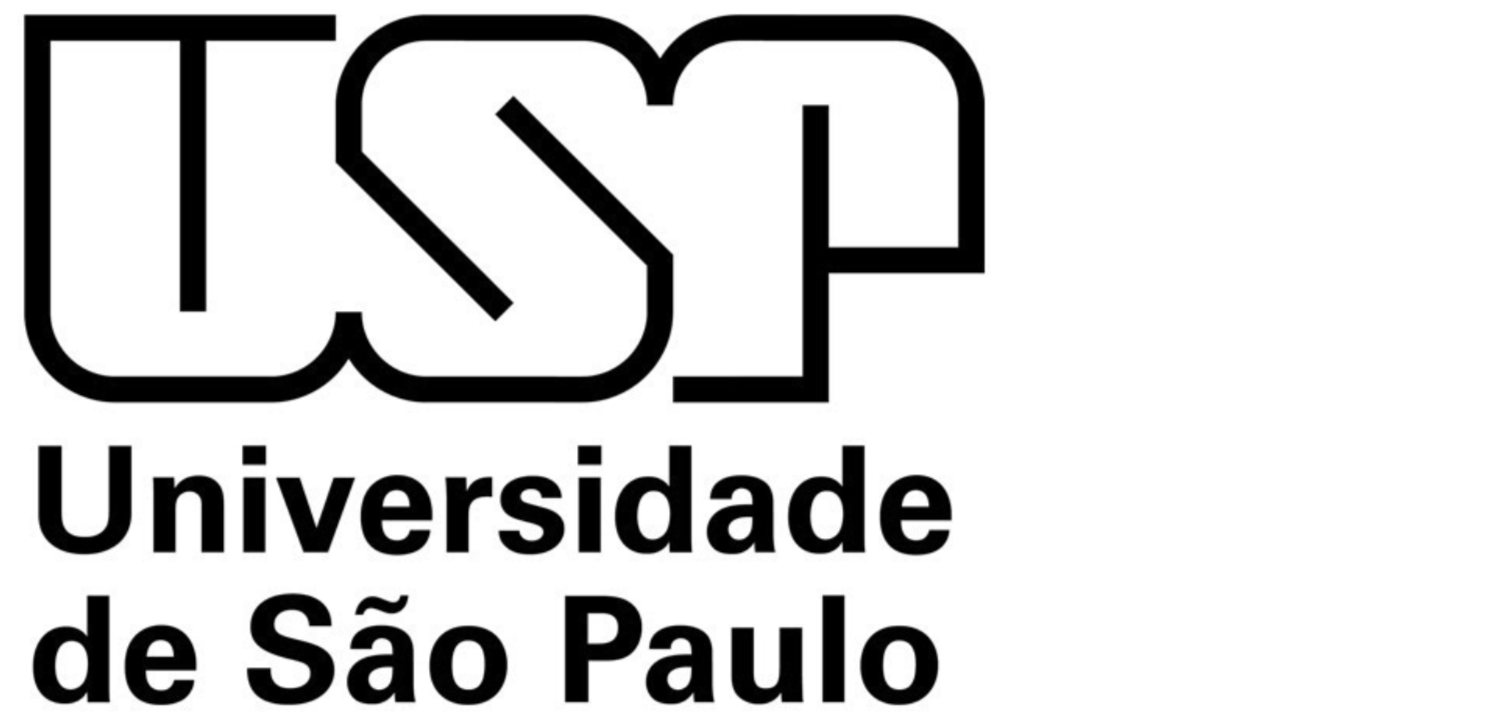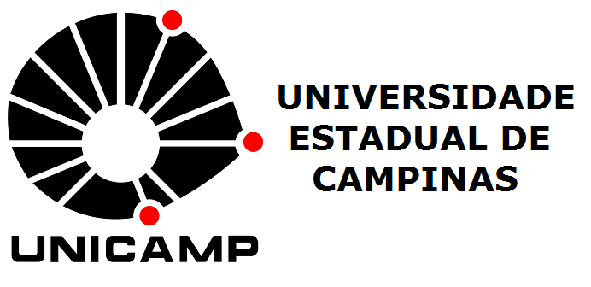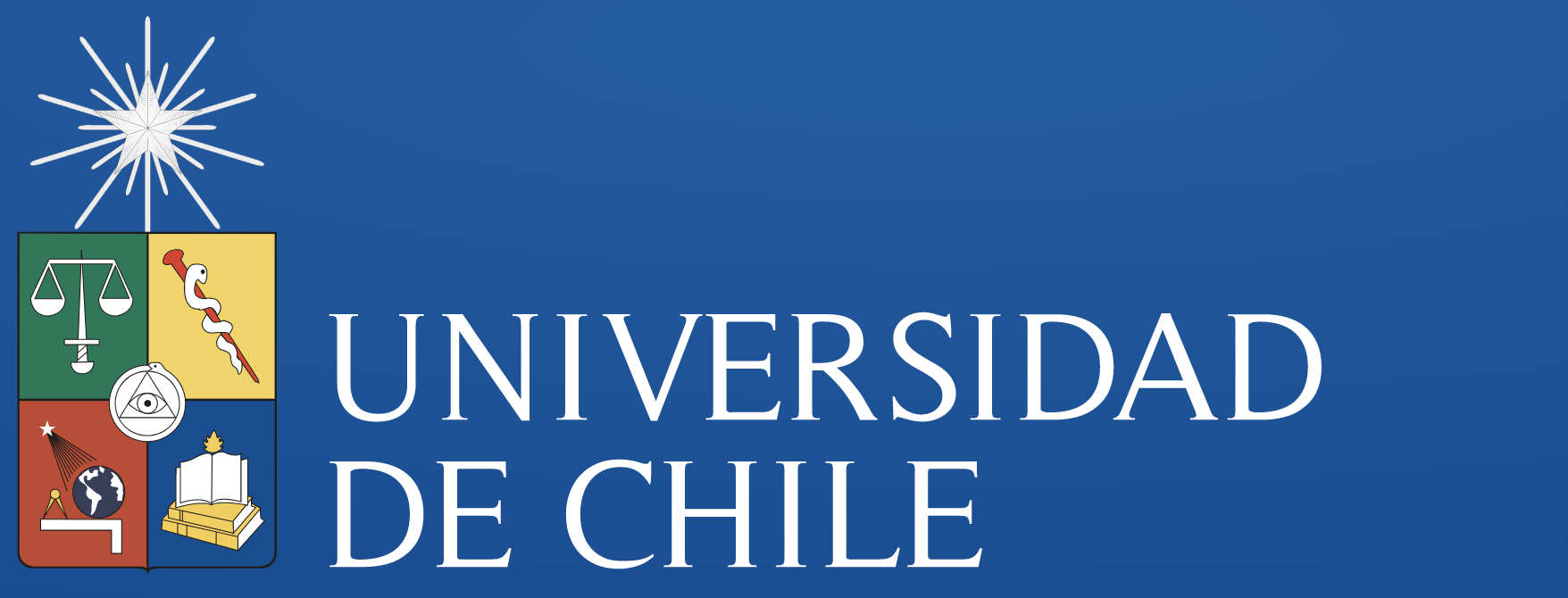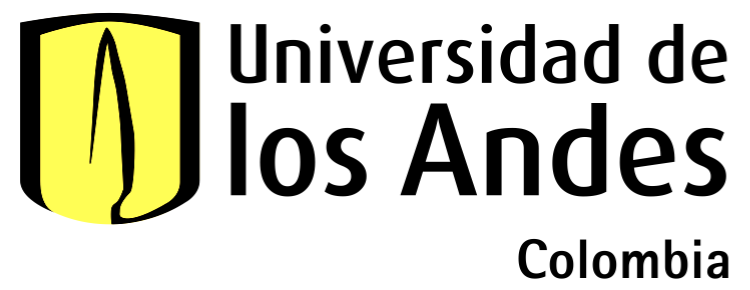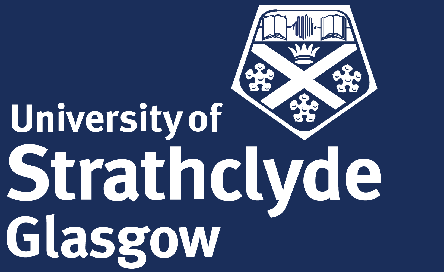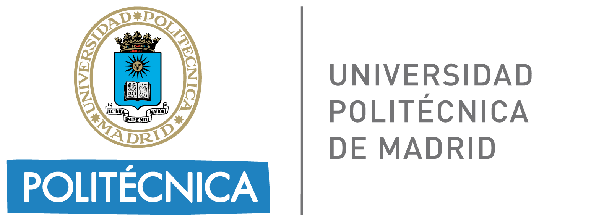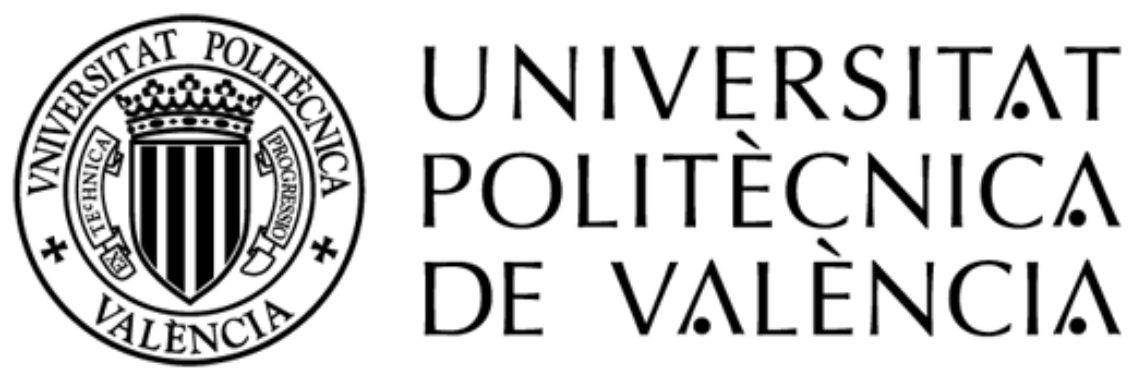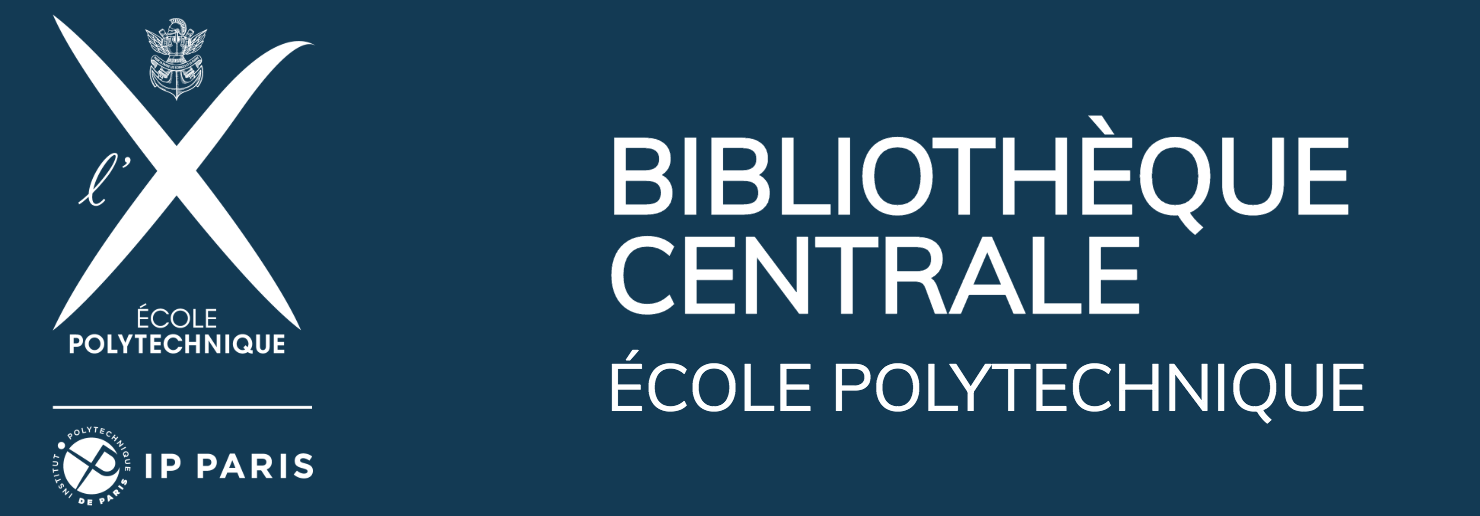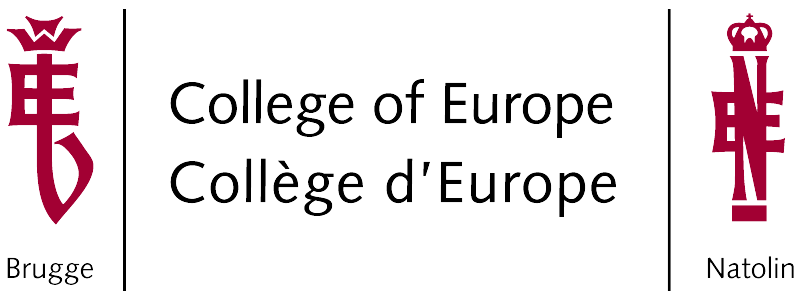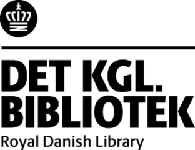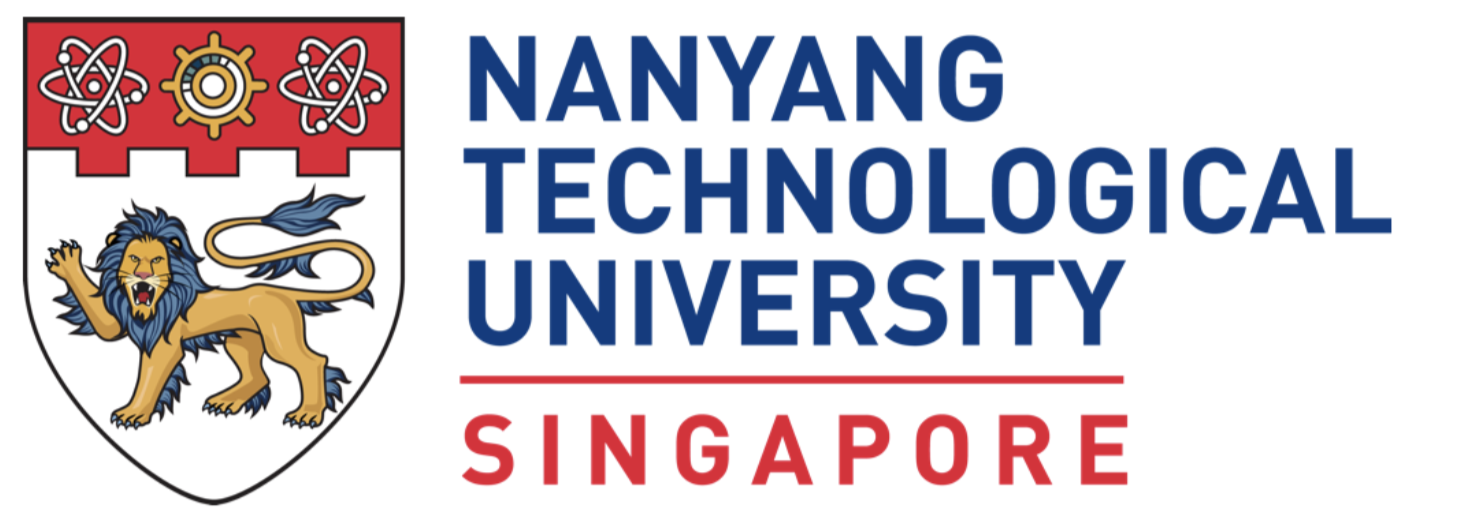Osmosis, hybridisation, symbiosis – From biophilia to interspecies regenerative design
DOI:
https://doi.org/10.69143/2464-9309/1792025Keywords:
biophilia, regenerative design, osmosis, hybridisation, symbiosisAbstract
This paper offers a reflection on a broader field of investigation developed through the activities of the NatureCity LAB at the University of Basilicata. The aim of exploring three operative categories is to focus on three processes through which the relationship between Architecture and Nature can generate spatial conditions for welcoming new alliances between humans and non-humans. Osmosis, hybridisation, and symbiosis are thus the key processes through which the regenerative potential of architecture, the city, and the landscape are investigated to ensure the well-being of the individuals who inhabit them. The research draws on a hypothesis, biophilia, a point of observation, the City of Matera, and case studies to trace a research trajectory around the Nature-City paradigm to outline a design perspective: interspecies regenerative architecture.
Article info
Received: 15/03/2025; Revised: 29/04/2025; Accepted: 02/05/2025
Downloads
Article Metrics Graph
References
ARUP (n.d.), Regenerative Design – Towards living in harmony with nature. [Online] Available at: arup.com/insights/regenerative-design/ [Accessed 14 Marzo 2025].
Bacone, F. (1968), Novum Organum [or. ed. 1620], Laterza, Bari.
Bairoch, P. (1996), “Cinq millénaires de croissance urbaine”, in Sachs, I. (ed.), Quelle villes, pour quel développement?, Presses Universitaires de France, Paris, pp. 17-60.
Barbiero, G. (2024), “Biologia e psicologia alleate per una ricerca transdisciplinare”, in Barbiero, G. and Berto, R. (eds), Introduzione alla biofilia – La relazione con la Natura tra genetica e psicologia, Carocci Editore, Roma, pp. 17-18.
Barbiero, G. and Berto, R. (2024), Introduzione alla biofilia – La relazione con la Natura tra genetica e psicologia, Carocci Editore, Roma.
Bhabha, H. K. (1988), “The Commitment to Theory”, in New Formations, n. 5, pp. 5-23. [Online] Available at: professores.uff.br/ricardobasbaum/wp-content/uploads/sites/164/2022/03/Bhabha_Commitment_to_Theory.pdf [Accessed 26 April 2025].
Caffo, L. and Muzzonigro, A. (2015), “Abitare la Soglia – Verso una città Post-Umana”, in Acampora, A., Apreda, C., Attademo, A., Bassolino, E., Castigliano, M., Miano, M., Orfeo, C. and Russo, M. (eds), Abitare insieme – Dimensione condivisa del progetto di futuro, CLEAN, Napoli, pp. 165-176. [Online] Available at: iris.unito.it/retrieve/e27ce428-2600-2581-e053-d805fe0acbaa/caffo%20muzzonigro%20abitare.pdf [Accessed 23 April 2025].
Clément, G. (2005), Manifesto del Terzo paesaggio, Quodlibet, Macerata.
Coley, R. L., Kuo, F. E. and Sullivan, W. C. (1997), “Where does community grow? The social context created by nature in urban public housing”, in Environment and Behavior, vol. 29, issue 4, pp. 468-494. [Online] Available at: doi.org/10.1177/001391659702900402 [Accessed 23 April 2025].
Descartes, R. (2003), Meditazioni metafisiche [or. ed. Meditationes de prima philosophia, in qua Dei existentia et animae immortalitatis demonstrantur, 1641], Laterza, Bari.
Dessì, A. (2023), “Camminare nel selvatico – Per una transizione verso un paesaggio coevolutivo | Walking into the wild – A transition to a co-evolutionary landscape”, in Agathón | International Journal of Architecture, Art and Design, vol. 13, pp. 131-140. [Online] Available at: doi.org/10.19229/2464-9309/13112023 [Accessed 26 April 2025].
Figini, L. (2013), L’elemento verde e l’abitazione [or. ed. 1950], Libraccio Editore, Milano.
Filosa, F. (2024), Spazi mostruosi – Per un’architettura trans-specie, Altralinea Edizioni, Firenze.
Foucault, M. (2006), Le parole e le cose – Un’archeologia delle scienze umane, Biblioteca Universale Rizzoli, Milano.
Fromm, E. (2010), Psicoanalisi dell’amore – Necrofilia e biofilia nell’uomo [or. ed. The Heart of Man – Its genius for good and evil, 1964], Newton Compton, Roma.
Grobman, Y. J., Weisser, W., Shwartz, A., Ludwig, F., Kozlovsky, R., Ferdman, A., Perini, K., Hauck, T. E., Selvan, S. U., Saroglou, S., Barath, S., Schloter, M. and Windorfer, L. (2023), “Architectural Multispecies Building Design – Concepts, Challenges, and Design Process”, in Sustainability, vol. 15, issue 21, article 15480, pp.1-29. [Online] Available at: doi.org/10.3390/su152115480 [Accessed 27 April 2025].
Haraway, D. (2019), Chthulucene – Sopravvivere su un pianeta infetto, Nero Editions, Roma.
Hauck, T. E. and Weisser, W. W. (2015), Animal Aided Design, Bei der Projektleitung, Freising. [Online] Available at: animal-aided-design.de/en/portfolio-items/animal-aided-design-broschuere/ [Accessed 27 April 2025].
Kellert, S. R. (2008), “Dimension, Elements and Attribute of Biophilic Design”, in Kellert, S. F., Heerwagen, J. H. and Mador, M. L. (eds), Biophilic Design – The Theory, Science and Practice of Bringing Buildings to life, John Wiley & Sons, New Jersey, pp. 3-19.
Kellert, S. R. and Wilson, E. O. (1993), The Biophilia Hypothesis, Island Press, Washington (DC).
Maas, J., van Dillen, S. M. E., Verheij, R. A. and Groenewegen, P. P. (2009a), “Social contact as a possible mechanism behind the relation between green space and health”, in Health and Place, vol. 15, issue 2, pp. 586-595. [Online] Available at: doi.org/10.1016/j.healthplace.2008.09.006 [Accessed 27 April 2025].
Maas, J., Verheij, R. A., de Vries, S., Spreeuwenberg, P., Schellevis, F. G. and Groenewegen, P. P. (2009b), “Morbidity is related to a green living environment”, in Journal of Epidemiology and Community Health, vol. 63, issue 12, pp. 967-973. [Online] Available at: doi.org/10.1136/jech.2008.079038 [Accessed 27 April 2025].
Metta, A. (2022), Il paesaggio è un mostro – Città selvatiche e nature ibride, Derive Approdi, Roma.
Miles, E. (2022), Nature is a human right – Why we’re fighting for green in a Grey World, DK Publishing, New York.
Miller, S. A., Horvath, A. and Monteiro, P. J. M. (2018), “Impacts of booming concrete production on water resources worldwide”, in Nature Sustainability, vol. 1, pp. 69-76. [Online] Available at: doi.org/10.1038/s41893-017-0009-5 [Accessed 14 March 2025].
Missiroli, P. (2022), Teoria critica dell’Antropocene – Vivere dopo la Terra, vivere nella Terra, Mimesis, Milano.
Nasar, J. L. and Fisher, B. (1993), “‘Hot spots’ of fear and crime – A multi-method investigation”, in Journal of Environmental Psychology, vol. 13, issue 3, pp.187-206. [Online] Available at: doi.org/10.1016/S0272-4944(05)80173-2 [Accessed 26 April 2025].
Naylor, L. A., Kippen, H., Coombes, M. A., Horton, B., MacArthur, M. and Jackson, N. (2017), Greening in the Grey – A framework for integrated green grey infrastructure (IGGI), University of Glasgow Report. [Online] Available at: eprints.gla.ac.uk/150672/ [Accessed 26 April 2025].
Pazzaglia, F. and Tizi, L. (2022), Che cos’è il restorative design, Carocci Editore, Roma.
Peters, K., Elands, B. and Buijs, A. (2010), “Social interactions in urban parks – Stimulating social cohesion?”, in Urban Forestry & Urban Greening, vol. 9, issue 2, pp. 93-100. [Online] Available at: doi.org/10.1016/j.ufug.2009.11.003 [Accessed 26 April 2025].
Salvini, M. S. (2024), Evoluzione dell’urbanizzazione – Storia e sviluppo delle città nel Mondo, Gruppo Albatros Il Filo, Roma.
Serres, M. (2019), Il contratto naturale, Feltrinelli, Milano.
Sichenze, A. (2005), “Matera città natura – Per introdurre”, in CN | Città-Natura, Archeologia, Architettura, Paesaggio, vol. 4, pp. 2-4. [Online] Available at: hdl.handle.net/11563/19779 [Accessed 14 Marzo 2025].
Terrapin Bright Green (2020), “15 Patterns of Biophilic design”, in Browning, W. D. and Ryan, C. O. (eds), Nature inside – A Biophilic design guide, RIBA Publishing, London, p. 5.
Ulrich, R. S. (1984), “View through a window may influence recovery from surgery”, in Science, vol. 224, issue 4647, pp. 420-421. [Online] Available at: doi.org/10.1126/science.6143402 [Accessed 23 April 2025].
Véron, J. (2008), L’urbanizzazione del mondo, Il Mulino, Bologna.
von Linnè, C. V. (2022), Systema Naturae [or. ed. Systema Naturae per Regna Tria Naturae, secundum classes, ordines, genera, species, cum characteribus, differentiis, synonymis, locis, 1735], Legare Street Press.
Wang, D., Xu, P.-Y., An, B.-W. and Guo, Q.-P. (2024), “Urban green infrastructure – Bridging biodiversity conservation and sustainable urban development through adaptive management approach”, in Frontiers in Ecology and Evolution, vol. 12, pp. 1-20. [Online] Available at: doi.org/10.3389/fevo.2024.1440477 [Accessed 23 April 2025].
Wilson, E. O. (2021), Biofilia – Il nostro legame con la natura [or. ed. Biophilia, 1984], Piano B Edizioni, Prato.
Wilson, E. O. (2002), The Future of Life, Alfred A. Knopf, New York.
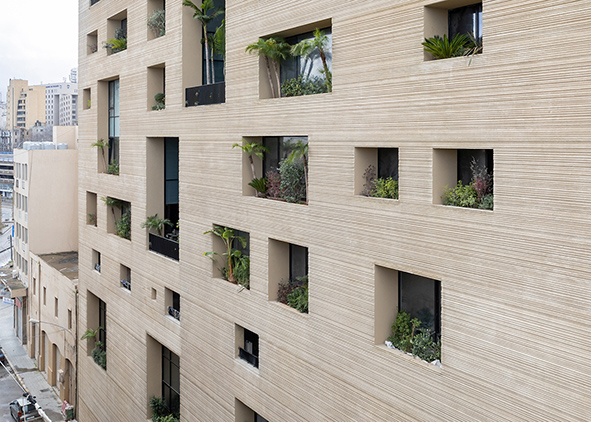
Downloads
Published
How to Cite
Issue
Section
Categories
License
Copyright (c) 2025 Chiara Rizzi

This work is licensed under a Creative Commons Attribution 4.0 International License.
This Journal is published under Creative Commons Attribution Licence 4.0 (CC-BY).
License scheme | Legal code
This License allows anyone to:
Share: copy and redistribute the material in any medium or format.
Adapt: remix, transform, and build upon the material for any purpose, even commercially.
Under the following terms
Attribution: Users must give appropriate credit, provide a link to the license, and indicate if changes were made; users may do so in any reasonable manner, but not in any way that suggests the licensor endorses them or their use.
No additional restrictions: Users may not apply legal terms or technological measures that legally restrict others from doing anything the license permits.
Notices
Users do not have to comply with the license for elements of the material in the public domain or where your use is permitted by an applicable exception or limitation.
No warranties are given. The license may not give users all of the permissions necessary for their intended use. For example, other rights such as publicity, privacy, or moral rights may limit how you use the material.






